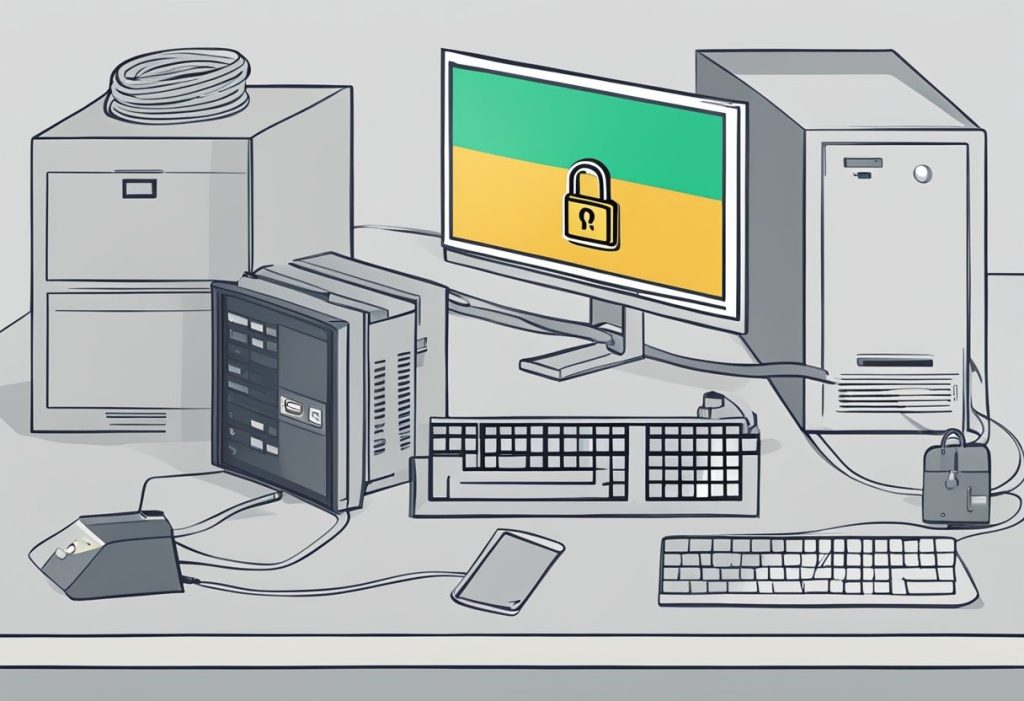
Penetration testing, or pentesting, is a critical process in ensuring the security of computer systems and networks. It involves simulating an attack on the system to identify vulnerabilities and weaknesses that could be exploited by malicious actors. With the increasing sophistication of cyber attacks, businesses and organizations are recognizing the importance of regular pentesting to protect their assets and data.
One approach to pentesting that has gained popularity in recent years is “pentest as a service” (PaaS). This model involves outsourcing the pentesting process to a third-party provider who offers a range of services, including vulnerability assessments, penetration testing, and remediation recommendations. PaaS providers typically use specialized tools and techniques to identify vulnerabilities and provide detailed reports to their clients.
Pentest as a service offers several advantages over traditional in-house pentesting. For one, it can be more cost-effective, as businesses do not need to invest in expensive hardware and software or hire specialized personnel. Additionally, PaaS providers often have access to the latest tools and techniques and can provide more comprehensive testing than an in-house team. Finally, PaaS allows businesses to focus on their core competencies while leaving the security testing to experts.
Pentest as a Service Fundamentals
Concept and Scope
Pentest as a Service (PTaaS) is a cloud-based security testing service that provides a comprehensive security assessment of an organization’s IT infrastructure. It is a cost-effective solution that offers a scalable and flexible approach to security testing. PTaaS is designed to identify vulnerabilities in an organization’s network, applications, and systems, and provide recommendations for remediation.
PTaaS is an essential service for organizations that want to ensure the security of their IT infrastructure. It is an effective way to identify vulnerabilities before they can be exploited by cybercriminals. PTaaS is also an excellent way to meet compliance requirements, such as PCI DSS, HIPAA, and GDPR.
Key Benefits
PTaaS offers several key benefits to organizations. First, it provides a comprehensive security assessment of an organization’s IT infrastructure. This assessment includes vulnerability scanning, penetration testing, and vulnerability analysis. Second, it offers a scalable and flexible approach to security testing. Organizations can choose the level of testing that they require, and the service can be customized to meet their specific needs. Third, PTaaS is a cost-effective solution. Organizations can avoid the high costs associated with hiring an in-house security team or engaging a third-party security vendor.
Service Models
There are two primary service models for PTaaS: managed and unmanaged. In a managed service model, the service provider manages the entire testing process, from planning to reporting. In an unmanaged service model, the organization manages the testing process, and the service provider provides the tools and support necessary to conduct the testing.
Managed PTaaS is an excellent option for organizations that do not have the resources or expertise to manage the testing process. It provides a turnkey solution that includes planning, testing, and reporting. Unmanaged PTaaS is an excellent option for organizations that have the resources and expertise to manage the testing process. It provides the tools and support necessary to conduct the testing, but the organization is responsible for managing the process.
Overall, PTaaS is an essential service for organizations that want to ensure the security of their IT infrastructure. It offers a comprehensive, scalable, and cost-effective approach to security testing.
Implementing Pentest as a Service
Pentest as a Service (PTaaS) is a popular solution for organizations that want to continuously test their security posture. However, implementing PTaaS can be a daunting task for those who are new to the concept. In this section, we will discuss some of the key considerations when implementing PTaaS.
Choosing a Provider
One of the first steps in implementing PTaaS is choosing a provider. There are many PTaaS providers available, and it can be difficult to determine which one is the best fit for your organization. When evaluating providers, consider the following factors:
- Reputation: Look for a provider with a good reputation in the industry. Read reviews and case studies to get a sense of their track record.
- Expertise: Ensure that the provider has expertise in your industry and the technologies you use.
- Service Level Agreements (SLAs): Review the provider’s SLAs to ensure they meet your organization’s needs.
- Communication: Ensure that the provider has clear communication channels and responds promptly to inquiries.
Integration into Development Lifecycle
Integrating PTaaS into your development lifecycle is critical to ensuring that vulnerabilities are identified and remediated in a timely manner. Consider the following when integrating PTaaS:
- Frequency: Determine how often you want to run pentests. This will depend on your organization’s risk tolerance and the frequency of changes to your environment.
- Scoping: Define the scope of the pentests. This can include specific applications, networks, or infrastructure.
- Remediation: Establish a process for remediating vulnerabilities that are identified during the pentests. This should include timelines for remediation and verification of fixes.
Compliance and Standards
PTaaS can help organizations meet compliance requirements and adhere to industry standards. When implementing PTaaS, consider the following:
- Compliance: Ensure that the PTaaS provider can help you meet compliance requirements for regulations such as PCI DSS, HIPAA, and GDPR.
- Standards: Look for a provider that adheres to industry standards such as the OWASP Top 10 and NIST Cybersecurity Framework.
- Reporting: Ensure that the provider can provide detailed reports that demonstrate compliance and adherence to standards.
By considering these factors, organizations can successfully implement PTaaS and continuously improve their security posture.